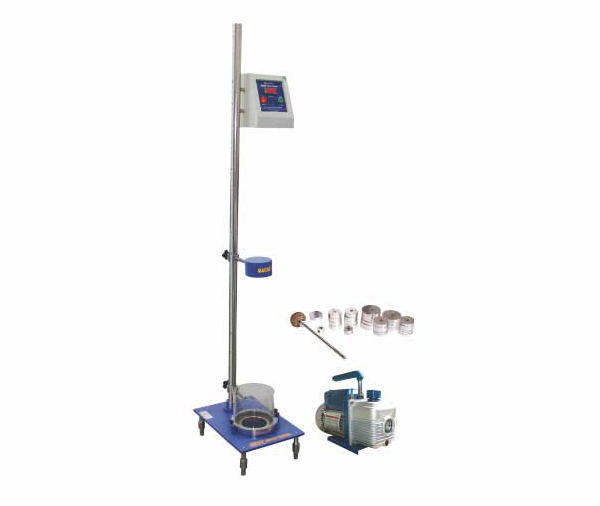Enhancing Product Quality and Safety: A Comprehensive Guide to Dart Impact Testing for Manufacturers

In the realm of manufacturing, ensuring product quality and safety is very important for you. Dart impact testing stands is one of the most important tools in this pursuit, offering insights into a material’s resilience against sudden impacts. In this guide you can learn everything about the significance of dart impact testing for manufacturers, and learn about key considerations and the benefits of Dart Impact tester.
Dart impact testing involves subjecting materials to sudden, localized impact using a weighted dart dropped from a specified height. Its purpose is basically twofold to understand your material’s ability to withstand impact forces and to simulate real-world scenarios where such impacts might occur. This testing method is especially relevant across various industries, including automotive, construction, packaging, and consumer goods.
II. Key Considerations for Manufacturers
A. Material Selection
The resistance of a material to dart impact varies depending on its properties, such as strength, flexibility, and temperature resistance. For example some rigid materials like metals may excel in high-impact situations, they might lack the flexibility needed to absorb energy in certain applications. You must carefully consider these material properties to ensure optimal performance under different conditions to make the most of the Dart Impact tester.
B. Sample Preparation
Proper sample preparation is very important for accurate dart impact testing results. Factors such as surface condition, thickness, and homogeneity can significantly influence test outcomes. Additionally, any irregularities in sample preparation could lead to skewed results, compromising the reliability of the testing process. So you need to know that attention to detail during sample preparation is essential to obtain meaningful data.
C. Testing Parameters
Some of dart impact testers are available, each offering specific capabilities tailored to different applications. It is very important for you to select the appropriate tester based on their unique requirements. Additionally, you need to determine the ideal dart weight, drop height, and impact location is crucial for simulating realistic scenarios and obtaining relevant data. This requires a thorough understanding of the material’s intended use and potential stressors it may encounter.
D. Data Interpretation
Interpreting dart impact test data involves analyzing parameters such as impact force, energy absorption, and failure modes. This analysis provides you a plenty of insights into the material’s performance under different conditions and helps identify potential weaknesses or areas for improvement. Relating test results to real-world scenarios makes it very easy for you to refine their product designs and enhance overall quality of the Dart Impact tester.
III. Benefits of using Packaging testing instruments
Dart impact testing offers you a plenty of benefits, including:
- Improved Product Design and Development: By evaluating material performance under impact conditions, you can now refine product designs to enhance durability and safety.
- Enhanced Quality Control and Consistency: Incorporating dart impact testing into quality control processes ensures that materials meet specified performance standards, and it results in proper product quality.
- Reduced Risk of Product Failures and Recalls: Identifying potential weaknesses through dart impact testing makes it very easy for you to identify and to address issues proactively, reducing the likelihood of product failures and costly recalls.
- Increased Customer Satisfaction and Brand Reputation: Delivering products that withstand impact forces instills confidence in customers and enhances brand reputation, leading to increased satisfaction and loyalty.
IV. Conclusion
In conclusion, Packaging testing instruments basically works like a cornerstone in the quest for product quality and safety in manufacturing. By considering key factors such as material selection, sample preparation, testing parameters, and data interpretation, manufacturers can harness the full potential of this testing method to improve their products and ensure customer satisfaction. Embracing dart impact testing not only minimizes risks associated with product failures but also fosters innovation and excellence in manufacturing practices. As technology advances and industries evolve, the role of dart impact testing will continue to be indispensable in shaping a safer and more resilient future.